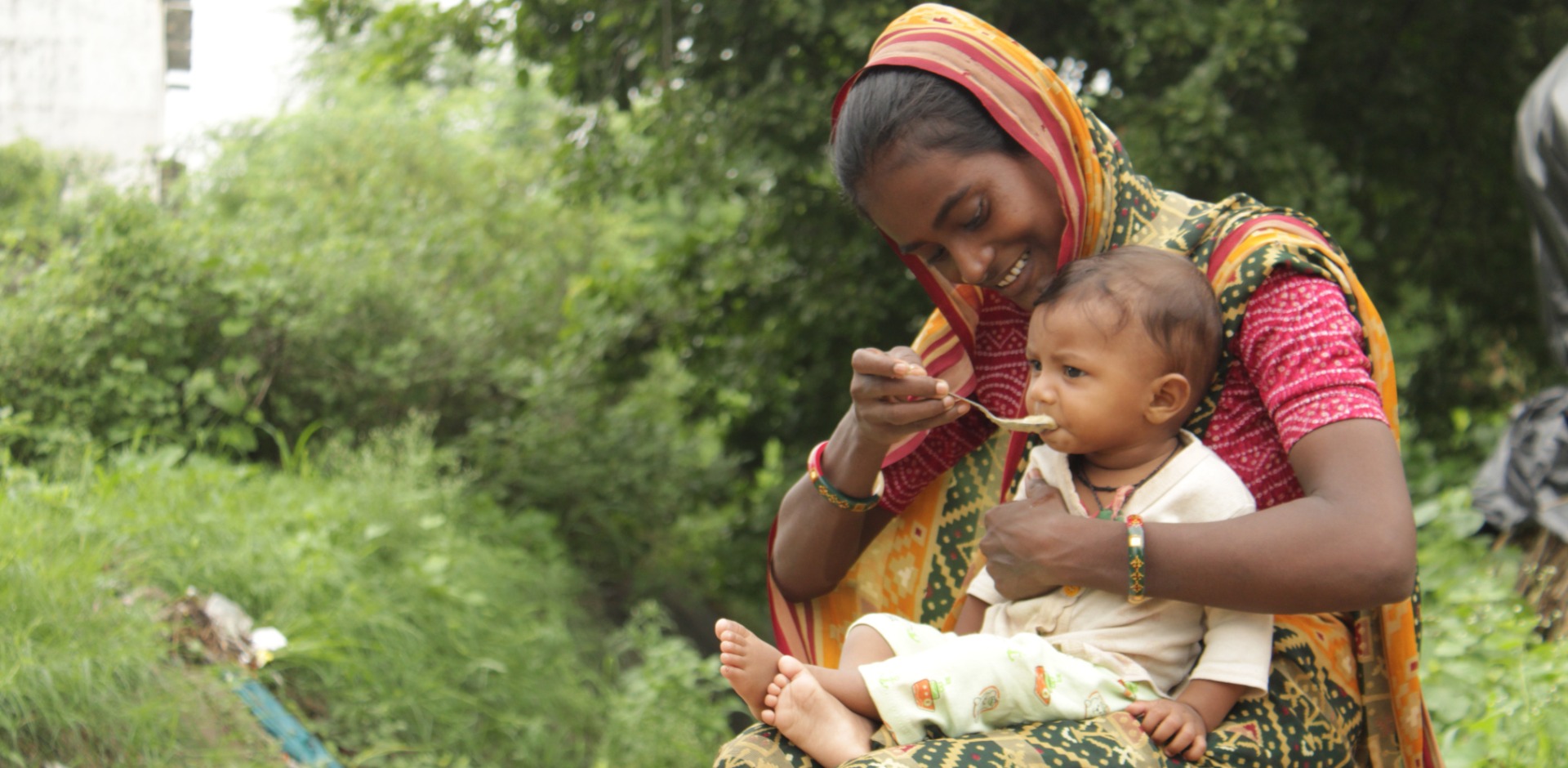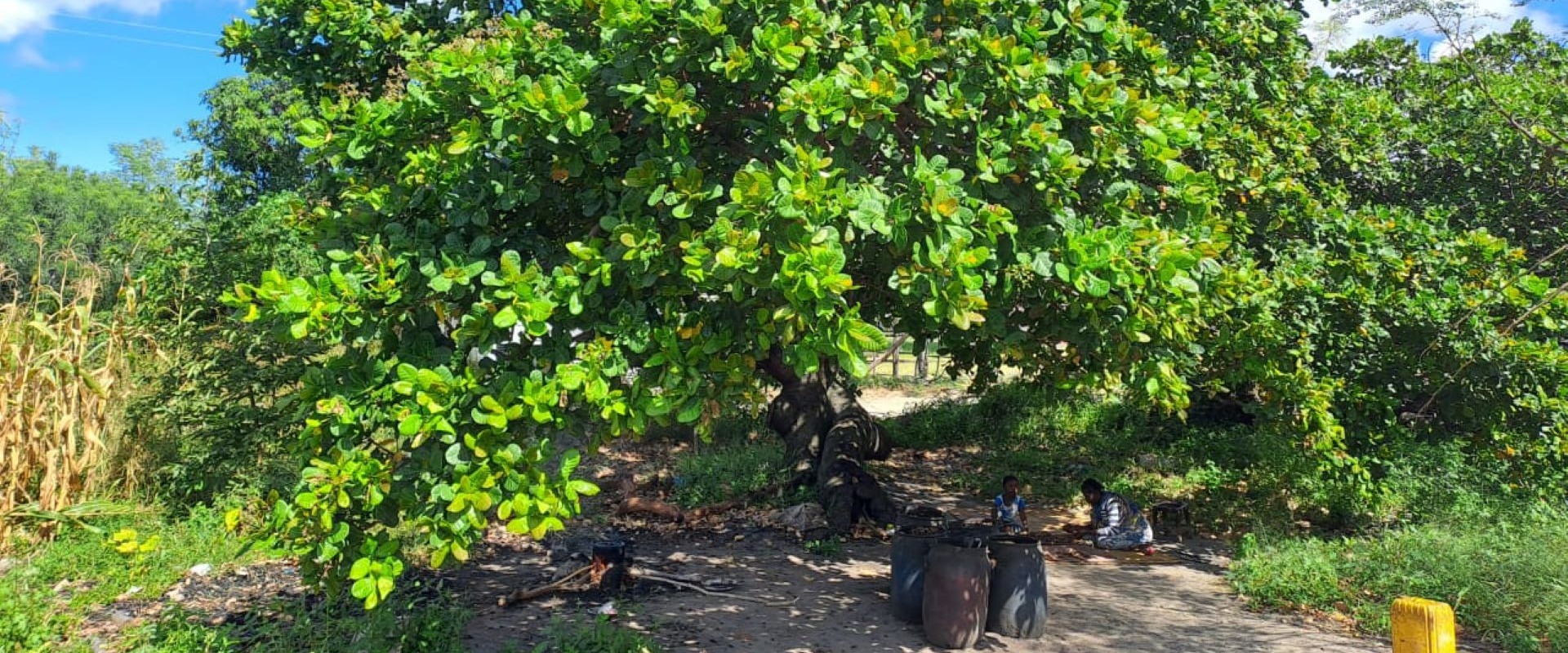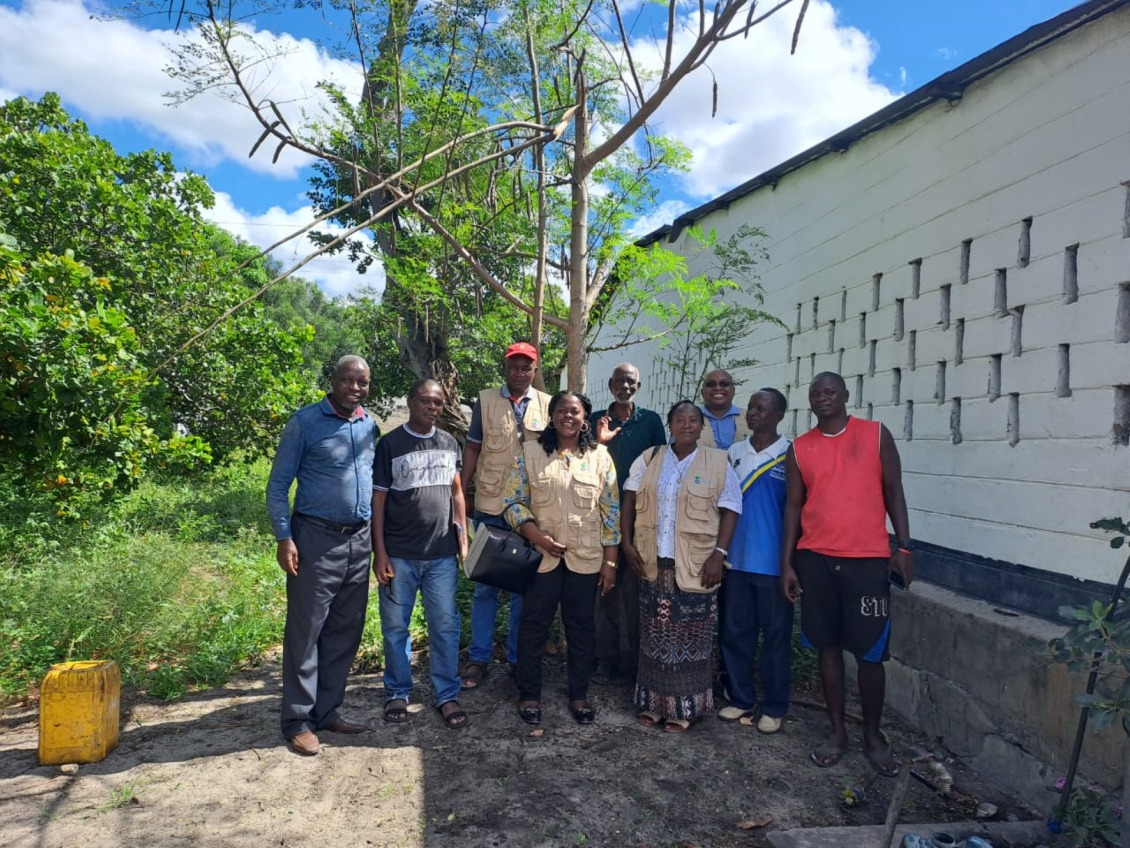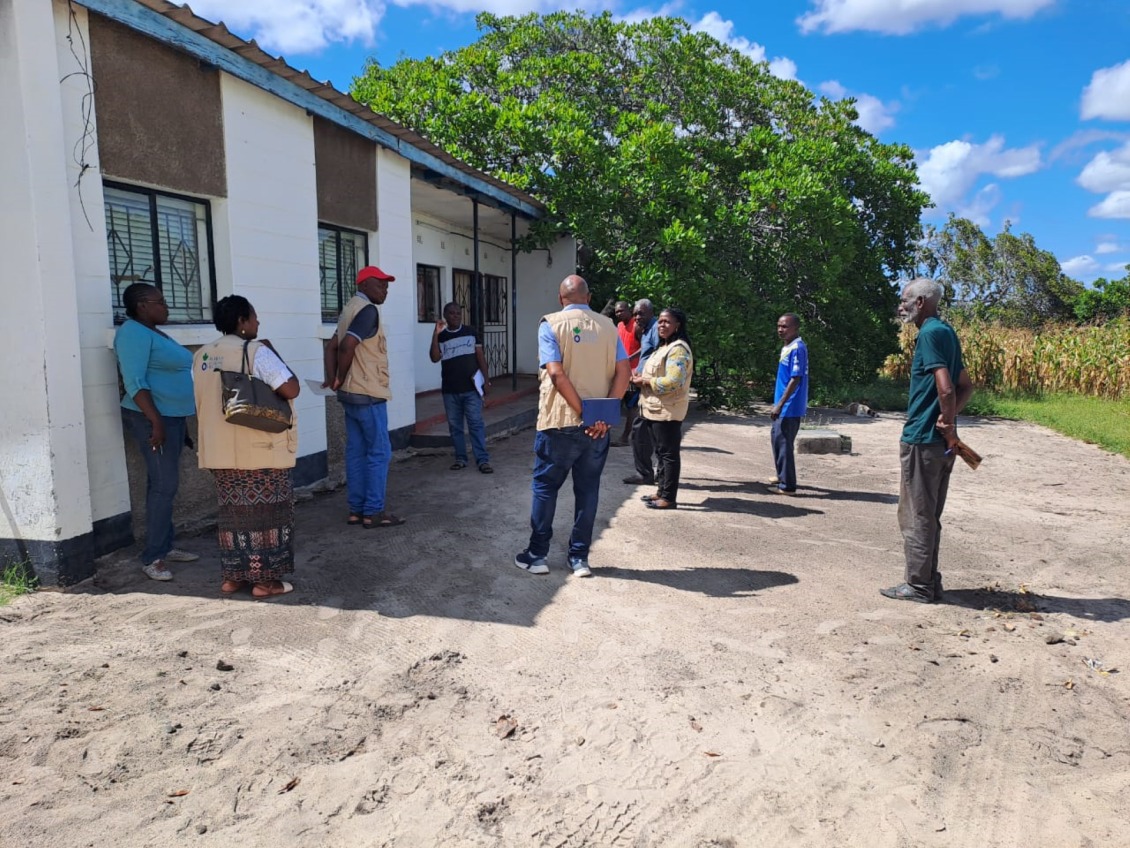
This Holiday Season, Give the Gift of Hope

A Q&A with Mary Khozi, Action Against Hunger’s Country Director for Zambia
Nearly 60% of Zambia’s population lives under the poverty line. The country has high rates of inequality, and many people struggle on a daily basis to feed themselves and their families. Zambia has one of the worst food security crises in the world, with 35% of children under five facing chronic malnutrition. When a mother realizes that her young child has life-threatening malnutrition, it is not uncommon for her to trek miles with her child to the nearest health center.
Action Against Hunger oversees treatment centers in several African countries, and our staff work hard every day to ensure every child recovers. But despite the necessity of our health centers, no child should face dangerous levels of malnutrition in the first place.
We wanted to work closely with the communities in Zambia to build resilience and sustainability. We knew that if we helped people identify their nutrition priorities and strengthen food security, they would begin to invest in community-driven outcomes. That’s how Seeds of Hope was born.
We spoke with Mary Khozi, our Country Director for Zambia, about the Seeds of Hope program and its goals for the decade.

Q: What is Seeds of Hope?
A: Seeds of Hope’s main focus is to prevent climate-induced hunger. As temperatures rise globally, countries across Africa face frightening climate shocks, from flash floods to multi-year droughts. The program is designed to confront these challenges over the next ten years and equip communities with the tools they need to thrive.
In essence, we use climate-smart adaptation, conservation agriculture, and innovative local climate-smart networks to prevent hunger.
Q: Where in Zambia is Seeds of Hope?
A: Seeds of Hope takes place in Zambia’s Western Province, where 82% of people live in poverty and most depend on humanitarian aid. Our teams are present on the community’s farms, at the market, and in the home, where we’ll work closely with families and build permanent connections.
Q: How will we know that Seeds of Hope has a lasting impact?
A: Oftentimes, after a humanitarian organization leaves a country, the communities they worked with don’t have the knowledge or skills to maintain the program. Seeds of Hope is designed to work with communities over years to build lasting change and inspire resiliency. We hope to treat not only malnutrition, but its underlying causes, and help communities to adapt to stressors in the long-term.
Our strategy will eventually lead to a climate-smart network that will support farmers, raise money for agriculture, create new markets, link people with financial institutions, and advocate for sustainable policies.

Q: What does the Seeds of Hope program cover?
A: Seeds of Hope aims at teaching people how to face climate risks head on. The program’s three pillars are awareness, action, and access. We heighten community consciousness and help them recognize climate risks; we mobilize community-driven action to mitigate these risks; and we ensure that the community has easy access to the resources they need to do so.
Q: What are some other examples of Seeds of Hope projects?
A: The program prioritizes strengthening climate-smart agricultural practices. Our team will work alongside community members to develop water irrigation systems, introduce easily manageable livestock, and facilitate the planting and harvesting of drought-resistant crops. We’ll also host trainings and teach people how to collect and store water, manage resources, preserve food, and cook nutritious meals. We’ll provide the community with important tools, too—everything from aquaculture (or fishing) gear to high-tech devices that capture carbon and maximize soil usage.
The program also strengthens the local economy by creating new markets and supporting agribusiness models. We hope to encourage entrepreneurs—especially women and young people—to connect with broader networks and sell their harvests on a wider scale.
Q: How do we plan on upholding such a large program?
A: We work closely with key partners to ensure that Seeds of Hope is a success. We’re collaborating with government ministries, farmer groups, civil society groups, and more. We even recently received 4,000 hectares from the Queen of the South (Barotseland), who is also in support of the program.

Q: What can we expect from the next phase of the program?
A: The Seeds of Hope project is far from finalized. We’re all growing, learning, adapting and changing alongside the program. But it’s so exciting how far we’ve come. The farmers are all eager to continue developing their businesses and taking in new information. We’ve had an overwhelmingly positive response.
Q: Can you give me an example of Seeds of Hope’s impact?
A: In Senega, one of the districts we are working in, people are moving out quickly due to extreme flooding along the Zambezi River. But when they move upland, they realize how that area is affected by drought. You see maize completely dried up and communities struggling to survive. That’s why we work with these people to think through the resources available to them. We want to ensure they can have an effective harvest season without relying on rain. And rather than relying on external support, they can change their mindset, use their resources, and develop their own self-sustainability.

Q: What do you envision for the future of Seeds of Hope?
A: We’re thankful that we’re working in Zambia while the country is in a period of peace. We have the opportunity to focus primarily on development rather than an urgent response to conflict or another emergency. We can finally address the underlying issues of malnutrition, but also ensure that the community leads the initiative. At the end of the day, this teamwork and unity is what really defines the program.
Join our community of supporters passionate about ending world hunger.